Mastering the DBT Apology Example: A Guide to Meaningful Apologies
Mistakes are an inevitable part of the human experience. Learning how to apologize effectively can repair relationships, reduce hurt feelings, and acknowledge how you feel bad about the consequences of your actions. A genuine apology, especially one crafted using Dialectical Behavior Therapy (DBT) techniques, can help mend the emotional damage caused by painful emotions and missteps.
This guide will show you how to master the art of the DBT apology example and build stronger connections by taking responsibility for your actions.
Understanding the Importance of Apologies
Apologies are more than just words—they are a reflection of your values and your commitment to the person you’ve hurt. A thoughtful, effective apology can:
Repair harm by addressing the other person’s perspective.
Show you take responsibility and value the relationship.
Promote healing and improve communication with friends and family members.
When we acknowledge our wrongs, we foster hope for reconciliation and emotional growth.

Preparing for an Apology
Before attempting to apologize, reflect on your actions and intentions. Preparation ensures your apology is genuine and free from excuses.
Determine what happened: Be clear about your behavior and the events that led to the issue.
Take responsibility: Avoid blaming others or minimizing the harm caused.
Acknowledge emotions: Notice the painful emotions involved for both you and the other person’s perspective.
Check your intentions: Are you apologizing to feel better about yourself, or are you genuinely regretful?
The DBT Apology Example: A Step-by-Step Approach
Using DBT skills, you can apologize effectively by following these steps:
Use THINK Skills: Be Thoughtful, Honest, Intelligent, Necessary, and Kind in your approach.
Describe what happened: Clearly state what you did and why it was wrong.
Express remorse: Acknowledge the harm and pain you caused.
Validate their emotions: Communicate that you understand how your actions affected them. For example, “I imagine this made you feel upset and hurt. Is that correct?”
Take responsibility: Avoid excuses and express your commitment to making things right.
Key Elements of a Sincere Apology
A sincere apology includes several vital components:
Regret: Express genuine remorse for your actions.
Responsibility: Acknowledge the specific behavior that caused harm.
Repair: Offer to make amends and suggest ways to prevent similar mistakes in the future.
Request forgiveness: While forgiveness is theirs to give, expressing your desire for it shows humility.
For example, you might say: “I’m sorry for my behavior. I realize it caused you a lot of pain, and I want to make things right. How can I help you feel better about this?”

Crafting an Apology that Works
Crafting an apology that works involves several key elements. When apologizing, it’s essential to consider the other person’s perspective and acknowledge their hurt feelings. This helps to create a genuine apology that takes responsibility for one’s actions.
To apologize effectively, start by acknowledging the mistake and expressing remorse. Use phrases like “I’m truly sorry for what I did” or “I regret my actions” to convey your regret. Make sure to take responsibility for your actions and avoid making excuses or blaming others.
It’s also important to consider the human experience and the emotions involved in the situation. Put yourself in the other person’s shoes and imagine how they felt. This helps to create empathy and understanding, which are essential for a successful apology.
When crafting an apology, remember that it’s not just about fixing the immediate problem, but also about rebuilding the relationship. Apologies can be a crucial step in repairing relationships and rebuilding trust. By taking responsibility, expressing remorse, and making amends, you can create an effective apology that works.
In addition, consider the following tips:
Be sincere and genuine in your apology. Avoid using insincere or generic phrases that don’t convey your true feelings.
Use specific language to describe what you did wrong and how you plan to prevent similar situations in the future.
Listen to the other person’s perspective and respond with empathy and understanding.
Make amends or offer restitution for the harm caused.
Follow through on your commitments and work to rebuild trust.
By following these tips and considering the other person’s perspective, you can craft an apology that works and helps to rebuild relationships.
Overcoming Obstacles to Apologizing
Apologizing can be challenging, especially when emotions run high. Avoid these pitfalls:
Blaming others for your actions.
Using the apology as an opportunity to criticize or shift responsibility.
Failing to acknowledge the harm you caused.
Instead, focus on being truthful and sensitive to the other person’s perspective.

Receiving an Apology: A Guide to Forgiveness
When someone apologizes, deciding how to forgive is a deeply personal choice. Consider the following:
Set boundaries: Forgiveness doesn’t mean forgetting; establish limits if necessary to protect your well-being.
Communicate your feelings: Share your emotions and how you’d like the relationship to move forward.
Make room for healing: Forgiveness can take time—be patient with yourself and the other person.
Forgiveness is not about excusing harmful behavior but about finding peace within yourself.
Moving Forward with a Stronger Relationship
An apology is just the first step in repairing a relationship. To move forward:
Give space: Allow your friend or loved one time to process your apology.
Keep your promises: Demonstrate your commitment to changing harmful behavior.
Foster open communication: Use effective communication to rebuild trust and ensure a healthier dynamic.
A genuine apology, delivered with empathy and understanding, can break down barriers and pave the way for stronger, more meaningful connections.
By mastering the DBT apology example, you can turn moments of hurt into opportunities for growth. Whether you’re apologizing to friends, family members, or colleagues, your efforts to apologize effectively can strengthen relationships and create a foundation of trust and understanding.

FAQ's
DBT skills focus on mindfulness, emotional regulation, and interpersonal effectiveness, all of which are crucial for delivering a meaningful apology. These skills guide you to reflect on the situation, acknowledge your mistakes without excuses, and communicate your remorse clearly. By using DBT techniques like THINK (Thoughtful, Honest, Intelligent, Necessary, and Kind), you can craft an apology that takes responsibility for your actions and validates the other person’s emotions. This approach not only repairs harm but also strengthens relationships.
Some common pitfalls when apologizing include:
- Blaming others: Shifting responsibility diminishes the sincerity of your apology.
- Making excuses: Justifying your behavior undermines the acknowledgment of harm.
- Vagueness: Avoid general statements like “I’m sorry for everything.” Be specific about what you’re apologizing for.
- Invalidating emotions: Dismissing the other person’s feelings, even unintentionally, can cause further harm.
A genuine apology is honest, specific, and focused on taking full responsibility without minimizing the impact of your actions.
A DBT-inspired apology might sound like this:
“I want to apologize for [specific behavior]. I realize my actions hurt you and caused [specific harm]. I imagine that made you feel upset and disappointed, and I’m truly sorry. It wasn’t my intention, but I take full responsibility for what happened. I’d like to make it right—can you let me know how I can support you moving forward?”
This example highlights responsibility, validation of emotions, and a commitment to repair the relationship.
The acceptance of an apology depends on the other person’s perspective and emotional readiness. Signs your apology has been accepted may include:
- The person acknowledges your apology verbally or through their actions.
- They are open to resuming communication or the relationship.
- You notice a reduction in tension during interactions.
However, remember that forgiveness takes time, and the other person’s process is theirs to navigate. It’s important to respect their feelings and boundaries while continuing to demonstrate accountability and positive change.










